Used to heal for thousands of years, medicinal resins and gums are prized for their antimicrobial properties, as well as for their expectorant, anti-inflammatory, antispasmodic, analgesic, and digestive benefits.
What’s the Difference Between Pitches, Gums, and Resins?
The terms “resin,” “gum,” and “pitch” are sometimes used interchangeably, but technically, there are differences. This can get quite confusing when some plants have “gum” in the name, but actually produce resins—such as Sweetgum and Gumweed.
Pitches
Plants produce pitch in response to wounds in the bark. These wounds can be the result of environmental damage such as windstorms, ice storms, and lightning strikes; insect infestations; or mechanical damage, such as when fences are nailed to trees or plants are pruned.
You May Also Enjoy:
“The 7 Stages of Home Medicine Makers”
Resins
Resin medicines generally come from the pitch of trees, which runs from wounds in the bark, although some resins are the exudates of the roots, glands, spring buds, or other plant material. Resins often solidify after exposure to air and become hard enough to powder in a mortar and pestle or a blender.
Resins can sometimes be purchased in their raw state (hardened lumps), but more often are found in a powdered form, in tinctures, or in combination preparations. Generally, resins require a high percentage (high proof) alcohol for making tinctures, as the properties are not usually very water soluble. Essential oils are distilled from many of these resins.
Gums
Gum medicines are similar to resins, but have different constituents that give them more solubility in water. Gum Arabic and Tragacanth Gum are two that may be made into water-based preparations. Some gums are made from other plant parts, such as the seeds of the Guar plant.
You May Also Enjoy:
“How to Make Your Own Tinctures, Salves, and Essential Oils”
Oh, Also: Gum-Resins
There are a few of these plant products that may be considered gum-resins, as they have properties of both resins and gums, and may be soluble in lower percentages of alcohol. They include Asafoetida, Guggul, Myrrh, and Frankincense.
Consult a good pharmacopeia to determine more precise alcohol strengths for your tinctures.
Why Use Gums and Resins as Medicine?
In general, pitch resins are antimicrobial, protecting the trees from insect and disease damage. Antimicrobial properties make resins highly useful medicines; however, they also have expectorant, anti-inflammatory, antispasmodic, analgesic, and digestive properties.
Some gums and resins are very well known in herbal medicine today and others are less so, but they have been valuable medicines for thousands of years.
35 Medicinal Resins and Gums + Their Uses
This article is meant to be an introduction to medicinal resins and gums, not to provide complete monographs. Please note that some of these gums and resins may have many more uses than are listed here.
Altingiaceae (Sweetgum) Family: Sweetgum, Altingia
- Sweetgum (aka Storax1)May also be referred to as Styrax, confusing it with Benzoin from the Styrax genus. If you are purchasing something labeled Styrax, be sure of the originating plant species., Storax Balsam, Liquidambar) comes from trees in the Liquidambar genus, including L. styraciflua and L. orientalis. Sweetgum is expectorant and is useful for skin conditions. It is most often used in combination with Benzoin (see below for Friar’s Balsam). In the raw state, Storax can be chewed like gum to freshen breath.
- Altingia resin (aka Getah malai) from Altingia excelsa is an official substitute for Liquidambar. It has similar properties as an expectorant and antimicrobial. Getah malai is used in incense making.
Anacardiacea (Sumac) Family: Mastic
- Mastic (aka Mastic Gum) comes from Pistacia lentiscus or the Mastic tree. It helps control dental bacteria and plaque. Mastic gum is also used in dentistry as an adhesive for dentures. Mastic has been used to treat gastrointestinal issues; in particular, it has been shown to have antibacterial properties against H. pylori.
Apiaceae (Carrot) Family: Asafoetida, Galbanum, Ammoniacum
- Asafoetida is a gum latex exuded by the root of Ferula asafoetida, although other Ferula species may be used. While most resins and gums are produced by trees, Ferulas are herbaceous perennials. Asafoetida is useful for breathing issues accompanying influenza and spasmodic coughs; bronchitis; whooping cough; and asthma. It is also used for digestive issues and has antimicrobial properties.
- Galbanum is a gum produced primarily from Ferula gummosa (aka F. galbaniflua) and F. rubricaulis. Medicinally, it is used as an expectorant and antispasmodic for chronic bronchitis. It also has anti-inflammatory properties.
- Ammoniacum (aka Gum Ammoniac) is an exudate from the stems of Dorema ammoniacum. It is used as an expectorant and antispasmodic for chronic cold or chronic bronchitis, especially for “stuck” mucous.
Asteraceae (Sunflower or Aster) Family: Gumweed
- Gumweed (aka Gumplant) produces a resin to protect the flower heads. Several species in the Grindelia genus are used. It is an expectorant and demulcent for chest congestion and an antispasmodic for coughs, whooping cough, or asthma. It is referred to as a specific for bronchial asthma with tachycardia. It was traditionally used by Indigenous people of North America for skin conditions such as eczema, skin eruptions, and poison ivy. Whole flowering heads are used to make tinctures and syrups.
Burseraceae (Torchwood) Family: Myrrh, Guggul, Balm of Mecca, Frankincense, Copal, Elephant Tree, Elemi
- Myrrh is an ancient herbal remedy, used for millennia. It is antiseptic and astringent to the mucous membranes, giving it an affinity for the mouth. Good for abscesses, toothache, and canker sores, it is often found as an ingredient in tooth powder recipes. Myrrh aids digestion and can be found in bitters preparations, including Swedish Bitters. Myrrh’s antifungal properties may be used to treat athlete’s foot infections. Antibacterial properties make Myrrh useful for treating skin infections, boils, and bedsores. Historically, Myrrh was one of several herbs used in the embalming process in ancient Egypt. The resin is gathered from the Commiphora species, mainly C. myrrha. It is widely used in making incense and as a fixative in the perfume industry.
- Guggul (aka Gum Guggul) is similar to Myrrh—being in the Commiphora genus—but is usually from C. wightii (aka C. mukul). Guggul is widely used in Ayurvedic medicine to treat obesity and manage high cholesterol, and is also used as an anti-inflammatory for arthritic pain and swelling. It is used in combinations to treat oral diseases. As an alterative, Guggul will help with acne, psoriasis, and eczema.
- Balm of Mecca (aka Arabian Balsam, Mecca Myrrh) is another Commiphora species—C. gileadensis (aka C. opobalsamum) or C. meccanensis. It is used for respiratory diseases and skin infections, however it is rarely used except locally in areas of native habitat. While the biblical Balm of Gilead is thought to be extinct, there is speculation that this may be the species that was known as Balm of Gilead (indicated by its Latin name).
- Frankincense comes from the Boswellia genus, most commonly B. sacra and B. serrata. Generally labeled Boswellia when used as a supplement, it can be found on its own or in anti-inflammatory combinations. It is good for arthritic and rheumatic pain. The essential oil of Frankincense may be found in some anti-inflammatory preparations. Frankincense is good for digestion (reduces flatulence) and oral health, and it is widely used in making incense.
- Copal is a resin from Protium copal, but the name Copal may also refer to other tree resins that have hardened to a state that is not quite as hard as amber. Copal is used in indigenous rituals in addition to its medicinal uses for skin conditions and as an anti-inflammatory. Copal resin from Hymenaea species is generally used in the making of varnishes.
- Elephant Tree or Bursera microphylla produces a resin that is an antitussive and expectorant used for chest congestion.
- Elemi is used as an expectorant and for skin condition. It is harvested from Canarium species, primarily C. luzonicum.
Canabaceae (Cannabis) Family: Hashish
- Hashish (aka Hash, Bhang) is the compressed resin from the flower buds of Cannabis indica and Cannabis sativa. Medicinal uses include pain relief and a treatment for insomnia. While it is generally smoked, Hashish can be tinctured.
Cistaceae (Rock Rose) Family: Labdanum
- Labdanum (not to be confused with Laudanum) is made from the leaves and twigs of Mediterranean shrubs in the Cistus genus. It is most commonly used in the perfume industry today, but was used medicinally as an expectorant for colds and coughs and as an astringent for diarrhea and dysentery.
Fabaceae or Leguminosae (Legume or Pea) Family: Gum Arabic, Tragacanth, Copaiba
- Gum Arabic (aka Acacia Gum, Acacia Powder, Sudan Gum, Indian Gum, Hashab) is a resin produced by trees in the Senegalia genus, primarily Senegalia senegal (aka Acacia senegal). Gum Arabic’s demulcent and expectorant properties have been used historically to treat respiratory conditions, however, today it is probably most well-known for its uses in the food industry as a thickener. As a concentrated source of dietary fibre, Gum Arabic assists with constipation, weight loss, insulin resistance, and reducing cholesterol levels. Gum Arabic may also help to reduce dental plaque and fight gingivitis.
- Guar Gum (aka Guaran) is a polysaccharide gum produced by the seed (bean) of the Guar plant, Cyamopsis tetragonoloba. It is most commonly used as a thickening agent in the food industry.
- Tragacanth Gum (aka Gond katira) is also widely used in the food industry as a thickening agent. Medicinally, as a dietary fibre, Tragacanth gum will assist with both diarrhea and constipation. The sap of several species of Astragalus may be used, although A. gummifer and A. tragacantha are most common. Both Tragacanth Gum and Gum Arabic have uses as binders in incense.
- Copaiba (aka Copaiba Balsam) is probably best known as an essential oil (EO) distilled from the Copaiba resin produced by trees in the Copaifera genus2)The Copaifera genus was listed as belonging to the Caesalpinaceae family, but is now considered as belonging to the Caesalpinoideae sub-family of the Fabaceae family.. Both the Balsam and the EO are used medicinally as antibacterial, anti-inflammatory, and vulnerary agents and for pain relief. Copaiba is used in the perfume industry, as well as for making soaps and cosmetic products.
Malvaceae (Mallow) Family: Karaya Gum
- Karaya Gum (aka Kateera Gum, Indian Tragacanth) is used as a substitute for Tragacanth Gum.
Myrtaceae (Eucalyptus) Family: Red Gum
- Red Gum (aka Kino) is a resin produced by members of the Eucalyptus, Angophora, and Corymbia genera, which may all be referred to as Bloodwoods due to the red resin. Indigenous populations used Red Gum to treat cuts and wounds or sore throats and respiratory issues. Research showing antibacterial activity supports these traditional uses. Kino may also refer to a resin produced by Pterocarpus marsupium or P. erinaceus in the Fabaceae family. While other essential oils may be distilled from the resin, Eucalyptus EO is distilled from the leaves of Eucalyptus.
Papaveraceae (Poppy) Family: Opium
- Opium—the compressed, dried latex of the Poppy plant (Papaver somniferum)—has been used for centuries to control pain, treat insomnia, and as an antitussive. Tinctured, Opium becomes known as Laudanum, which was a primary pain reliever before the alkaloids morphine, heroine, and codeine were isolated.
Pinaceae (Pine) Family: Spruce, Fir, Douglas Fir, Pine
- Spruce (Picea species), Fir (Abies species), Douglas Fir (Pseudotsuga menziesii species), Pine (Pinus species), and Larch (Larix species).3)The Pine family comprises several other genera as well as the ones listed, including Larix (Larch), Tsuga (Hemlock) and Cedrus (Cedar). The pitch from all five genera are highly antimicrobial, with Spruce having the most effect on the widest spectrum of bacteria, viruses, and fungi. These pitches can be used straight from the tree for emergency medicine to treat wounds, infections, skin conditions, etc. but are often made into salves and can also be tinctured. Pitch salve is excellent as a chest rub for congestion. These resins are considered oleoresins.
Salicaceae (Willow) Family: Balm of Gilead
- Balm of Gilead (aka Cottonwood Bud Resin) is produced by resin glands just below the leaf buds in the early spring.4)The original Balm of Gilead mentioned in the Bible may have been either a Commiphora species, C. gileadensis, C. africanum or C. bdellium, or a Pistacia species. See Balm of Mecca, above (Burseraceae). Several species of Populus can be used, including (but not limited to) P. balsamifera, P. trichocarpa, P. angustifolia, and P. deltoides. Buds picked before opening can be processed in oil or in alcohol. The oil can be used for skin conditions, as a chest rub for colds and coughs or for arthritic and rheumatic pains. It is often made into salves or lip balms, either on its own or combined with other oils. Cottonwood bud oil will help preserve other oils that it is added to. Processed in alcohol, Cottonwood bud tincture can be added to liniments.
Styracaceae (Silver Bells) Family: Benzoin
- Benzoin is a pitch from trees in the Styrax genus. It is highly aromatic and often used in incenses. Medicinally, the tincture of Benzoin is used as an aromatic expectorant to help with colds and coughs. Benzoin has been used to treat skin conditions, ulcers, and bed sores, as well as to prevent infection in minor wounds. It is quite sticky and sometimes is used to help bandages, tape, or moleskin adhere better to the skin.
Thymelaeaceae (Mezereum) Family: Agarwood
- Agarwood is a resinous heartwood of trees in the Aquilaria or Gonystylus genus. The resin is produced in reaction to an infection of Phaeoacremonium parasiticum mold. Agarwood is used for digestive issues and as an antispasmodic. In Traditional Chinese Medicine, Agarwood promotes the flow of qi. An essential oil is produced from the resin, and it is also used in the perfume industry and for making incense.
Zygophyllaceae (Caltrop) Family: Gum Guaiacum
- Gum guaiacum (aka Guaiac, Lignum-vitae) is a resin from the tree species Guaiacum officinale. Guaiacum is a good anti-inflammatory, making it useful for rheumatic and arthritic conditions. It promotes the excretion of uric acid, assisting with gout. Guaiacum stimulates peripheral circulation and is an expectorant.
Other Resin/Gum Products
- Propolis is produced by bees, using resin from Populus species and Conifers. It is usually purchased as a tincture and is used as an antiseptic for wounds. It is excellent for covering wounds to prevent infection, particularly where it is not easy to apply adhesive bandages, such as along a hairline. Propolis makes an excellent addition to sprays for sore throats, both for its antibacterial properties and because it helps the other medicinal components to remain a little longer in the throat.
- Friar’s Balsam (aka Compound Tincture of Benzoin or CBT) is a compound tincture of 10% benzoin and 10% storax. It is commonly used as both an inhalant for respiratory conditions and as an antiseptic wound treatment. Similar to propolis, Friar’s Balsam is a good wound dressing where adhesive bandages are not easily applied.
- Dragon’s Blood may be made from one of three genera—Dracaena, Daemonorops, or Croton—which are often not identified at point of sale. It is recommended that use of this resin be restricted to incense or non-medicinal uses unless one can clearly identify the source and genus of the Dragon’s Blood resin.
- Balsam of Peru is an aromatic liquid produced by boiling strips of the bark of Myroxolon balsamum. It has been used for skin conditions, wounds, bruising, and hemorrhoids. While Balsam of Peru is no longer often used medicinally, it is commonly used as a flavoring or fragrance ingredient in many commercial products, including foods and beverages, cleaning products, air fresheners and scented candles, and shampoos.
- Amber is fossilized tree resins from a variety of genera and families. Amber from the extinct Hymenaea protea is referred to as Dominican Amber, and Mexican Amber is from Hymenaea mexicana (also extinct).5)Not all Hymenaea species are extinct. See Copal, above. Kauri gum is similar to amber, but is specifically from Agathis australis. It is sometimes called sub-fossilized amber or young amber. Copal is sometimes in this sub-fossilized state.
General Contraindications
In general, resins are fairly strong medicines and should be avoided during pregnancy and lactation. Also, avoid using them in cases of kidney stones or advanced/chronic kidney disease. Cautions should be used with ulcerations in the digestive system for some of these resins.
This article has been written for educational purposes and should not be considered medical advice. Consult a practitioner before using any of these resins or gums as medicines.
What Do You Think?
What’s your favorite use for gum and resin medicines? Let us know in the comments below!
_______________
The Grow Network is a participant in the Amazon Services LLC Associates Program, an affiliate program designed to provide a means for our team to earn fees for recommending our favorite products! We may earn a small commission, at no additional cost to you, should you purchase an item after clicking one of our links. Thanks for supporting TGN!

Torey is a Master Herbalist from Western Canada, learning from family elders at first and then studying at both Dominion Herbal College and Wild Rose College, with studies continuing at Wild Rose toward a clinical certification. She has spent most of her life living in rural areas, focusing on local plant medicines, with a keen interest in ethnobotany. Torey teaches classes locally in her area on foraging, medicine-making, and how to incorporate herbs and plants into everyday food medicine. You may know Torey from TGN’s Forum, where she is a moderator.
References
| ↑1 | May also be referred to as Styrax, confusing it with Benzoin from the Styrax genus. If you are purchasing something labeled Styrax, be sure of the originating plant species. |
|---|---|
| ↑2 | The Copaifera genus was listed as belonging to the Caesalpinaceae family, but is now considered as belonging to the Caesalpinoideae sub-family of the Fabaceae family. |
| ↑3 | The Pine family comprises several other genera as well as the ones listed, including Larix (Larch), Tsuga (Hemlock) and Cedrus (Cedar). |
| ↑4 | The original Balm of Gilead mentioned in the Bible may have been either a Commiphora species, C. gileadensis, C. africanum or C. bdellium, or a Pistacia species. See Balm of Mecca, above (Burseraceae). |
| ↑5 | Not all Hymenaea species are extinct. See Copal, above. |
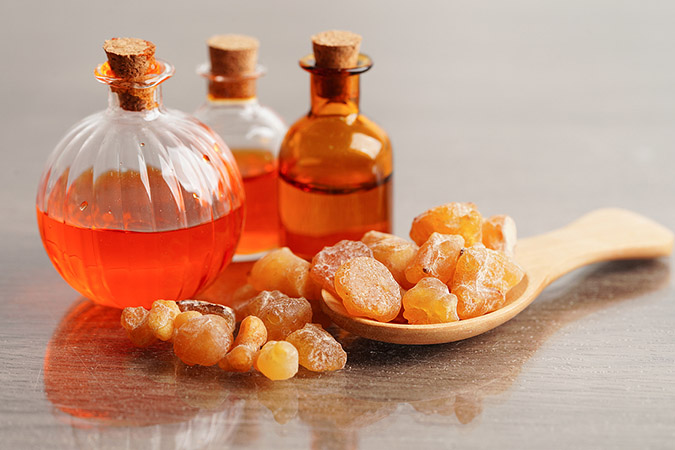
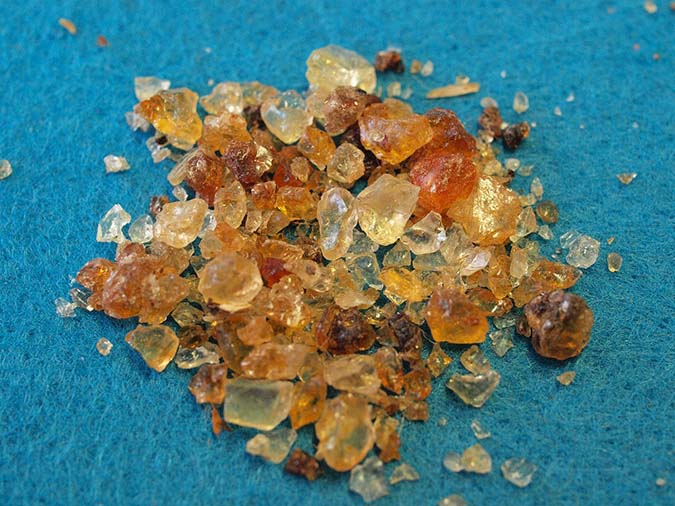
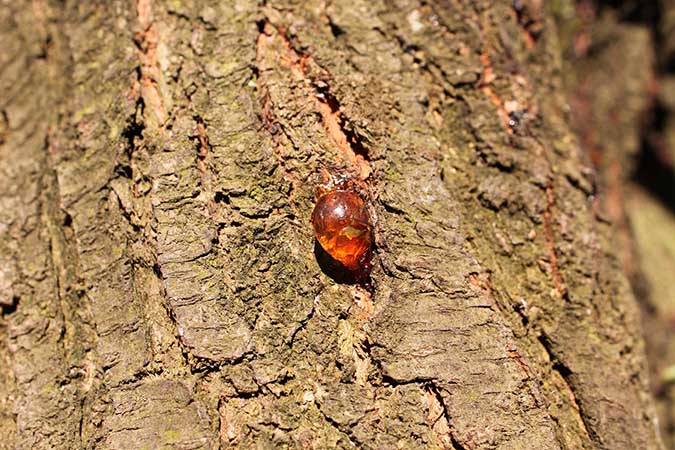
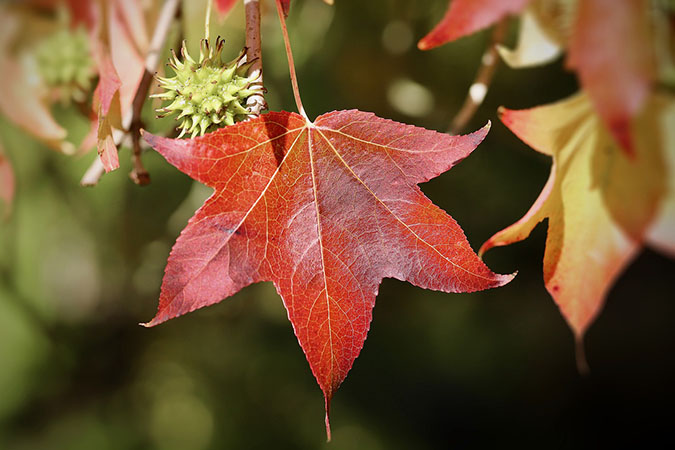
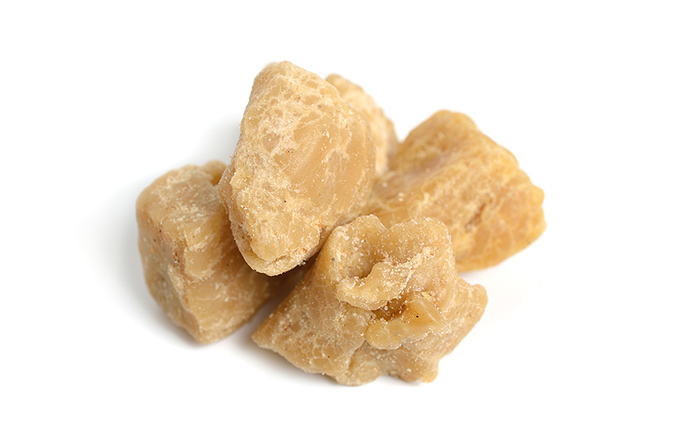
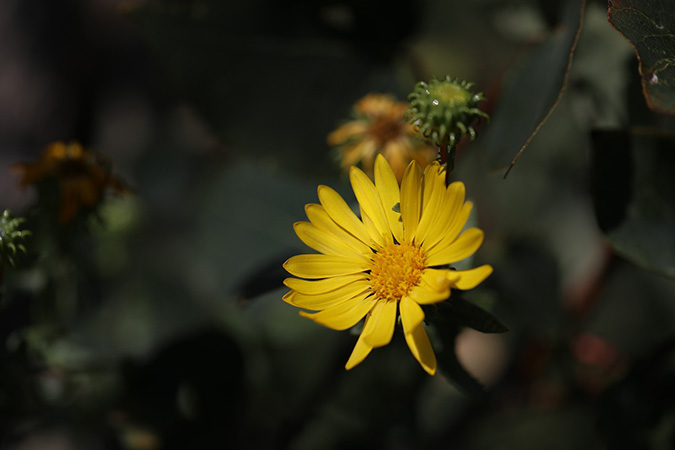
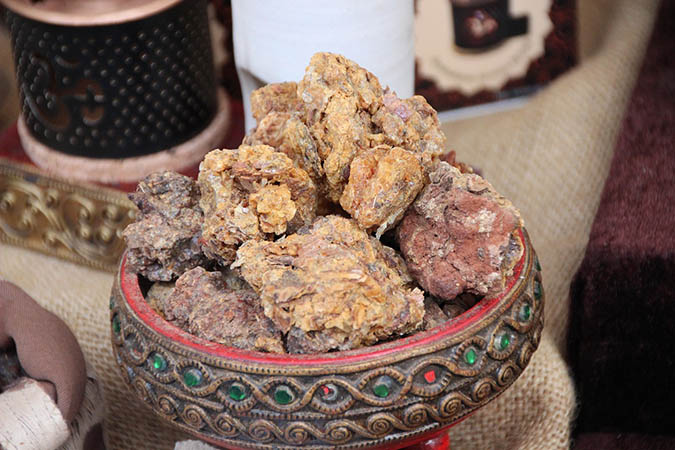
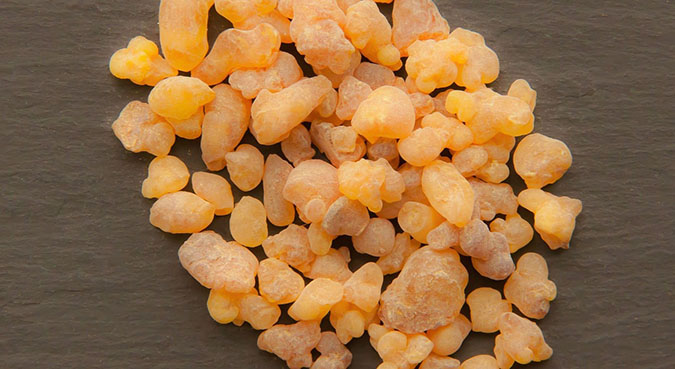
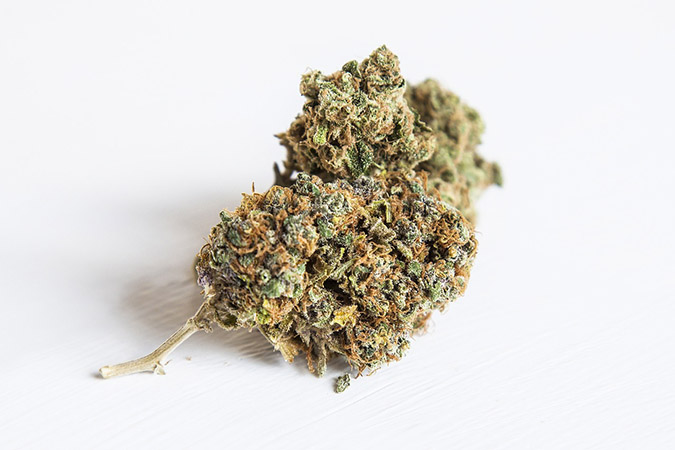
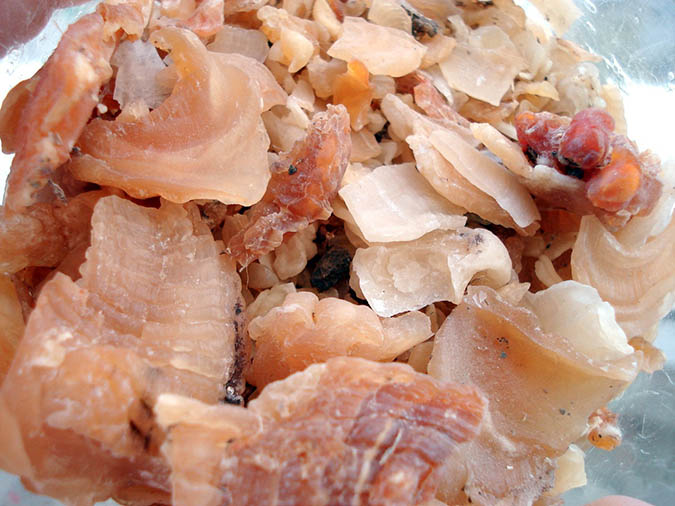
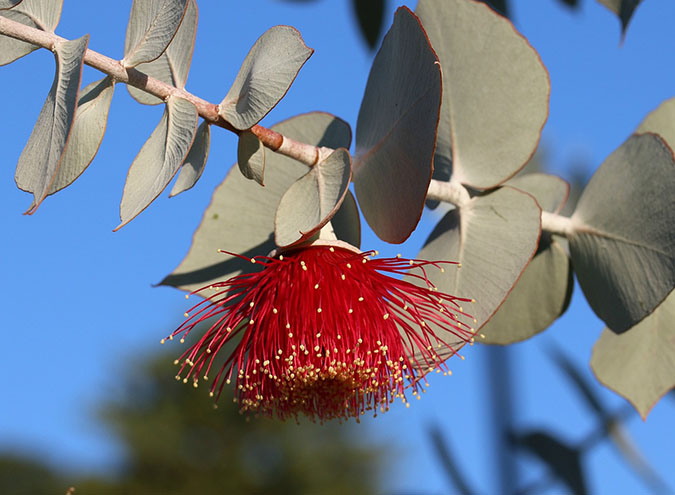
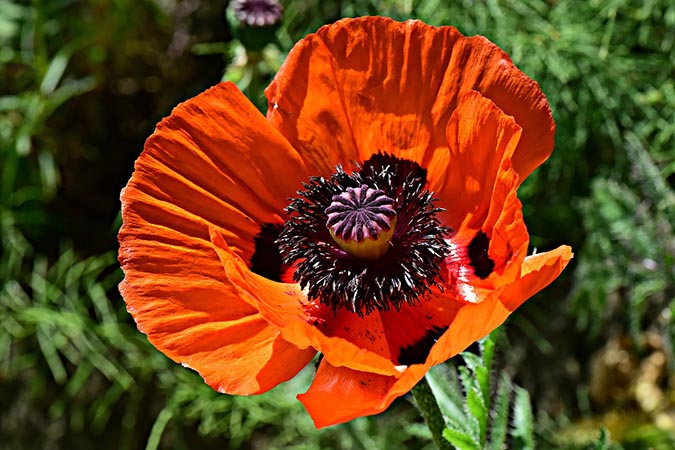
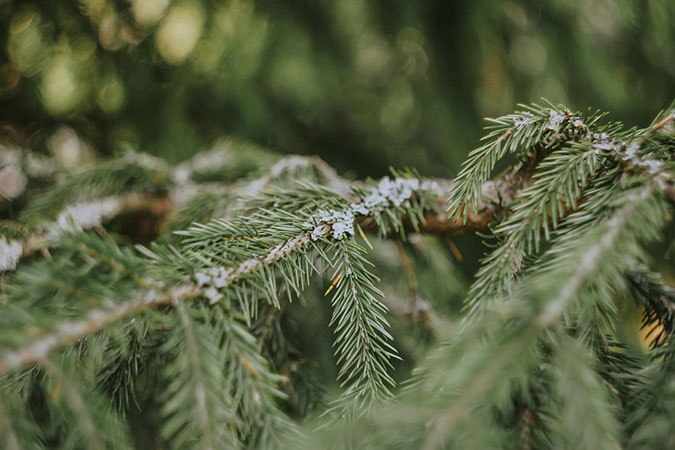
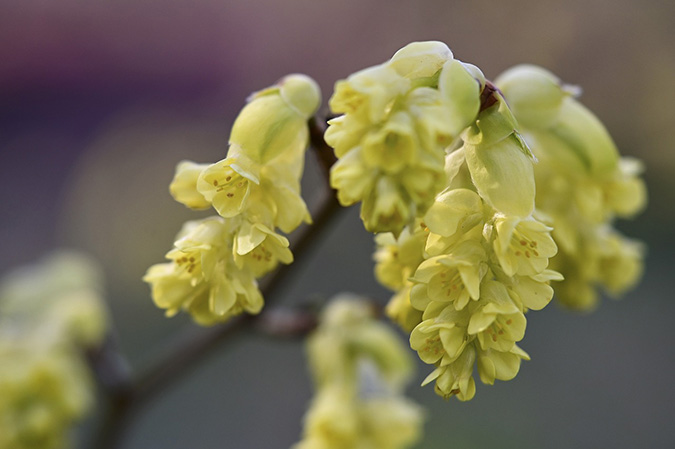
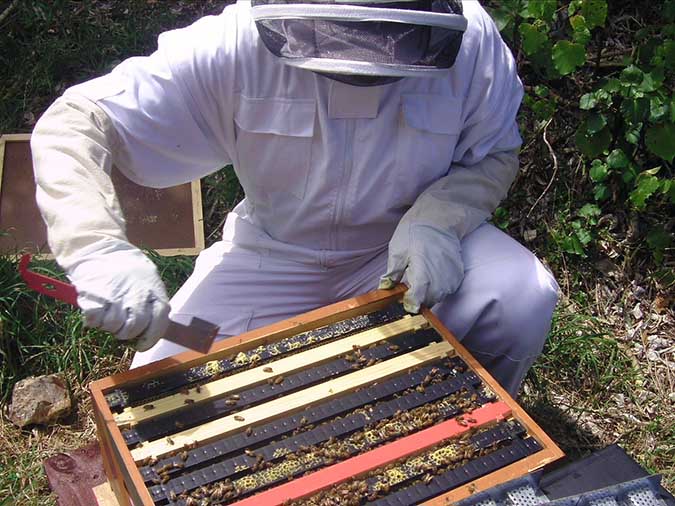







COMMENTS(1)
Wow, great article. Never had even thought about the fact that there is a difference between resins and gums. Thanks for the information.